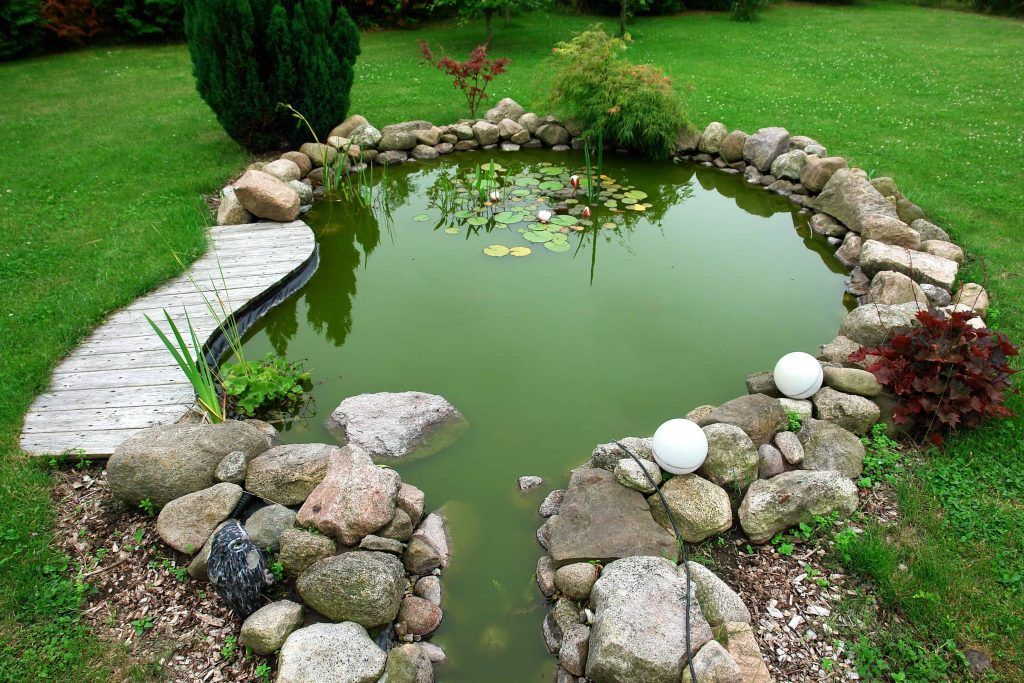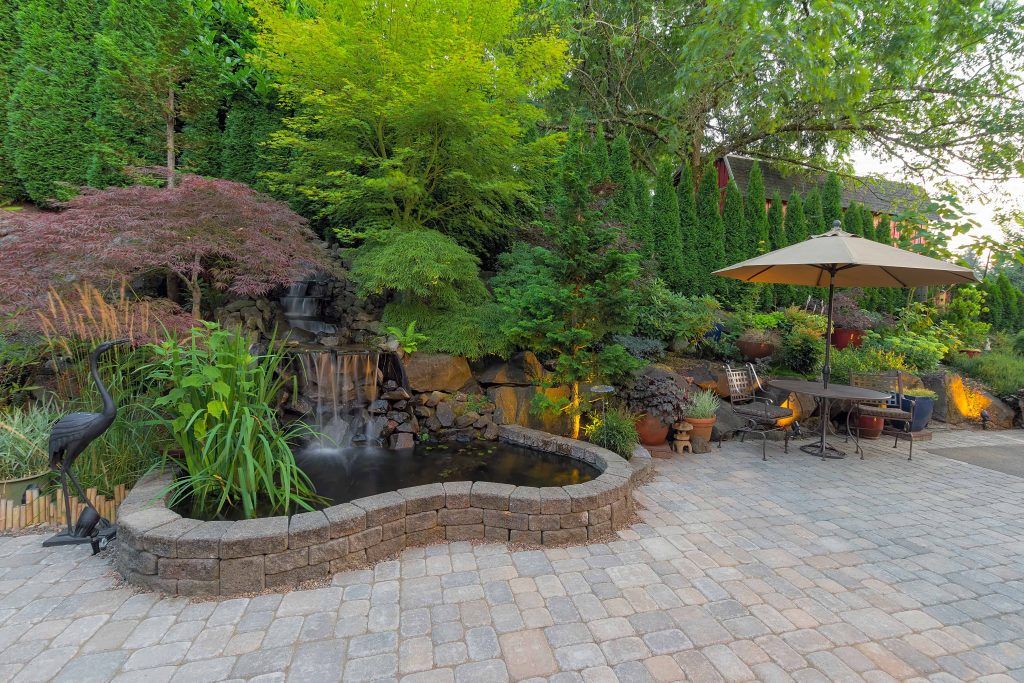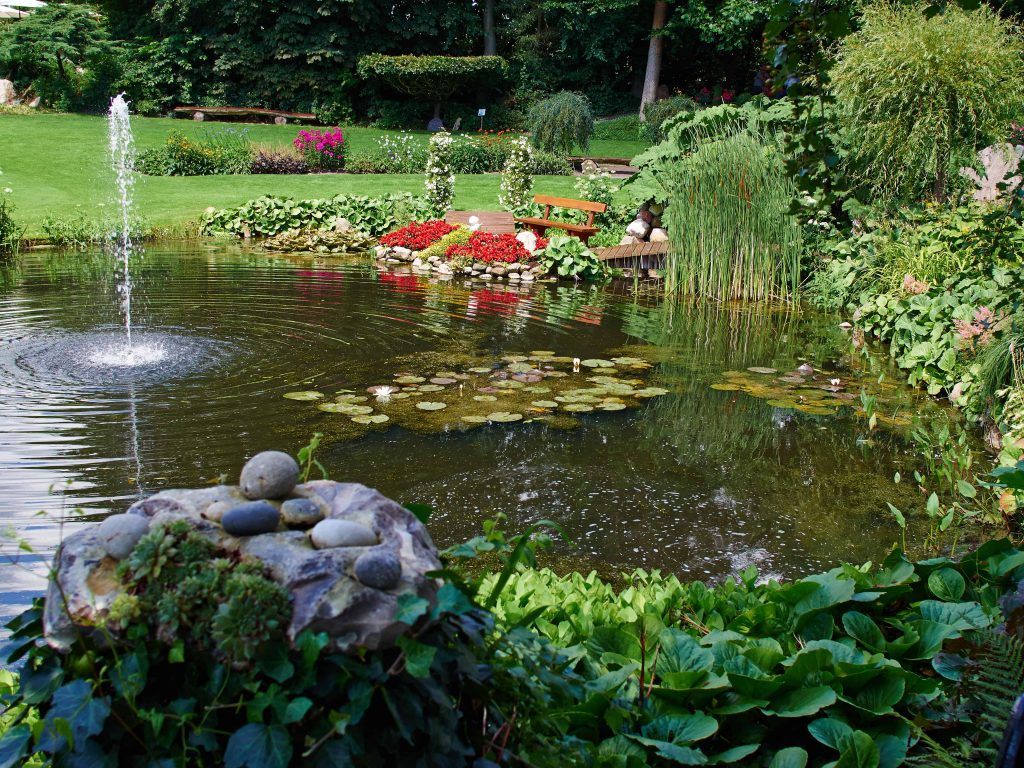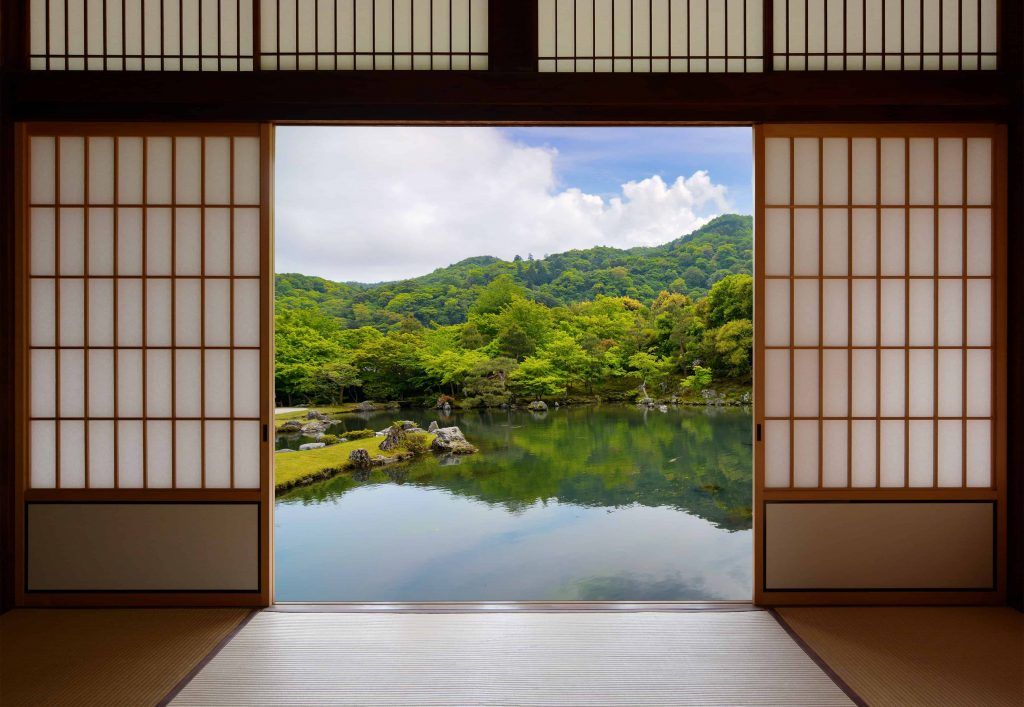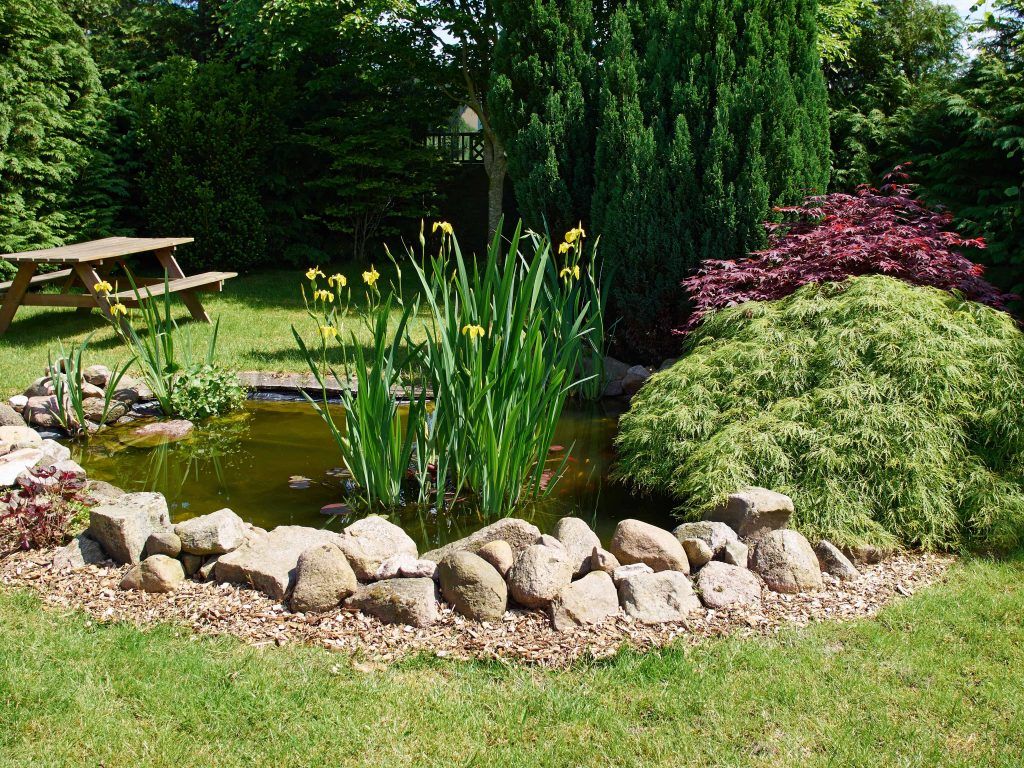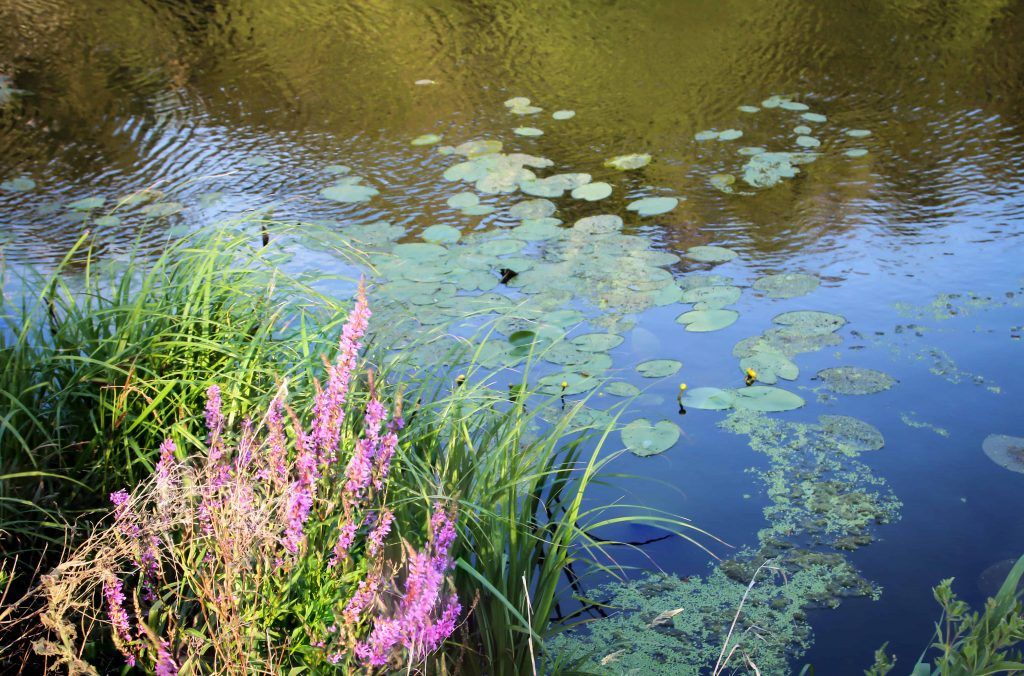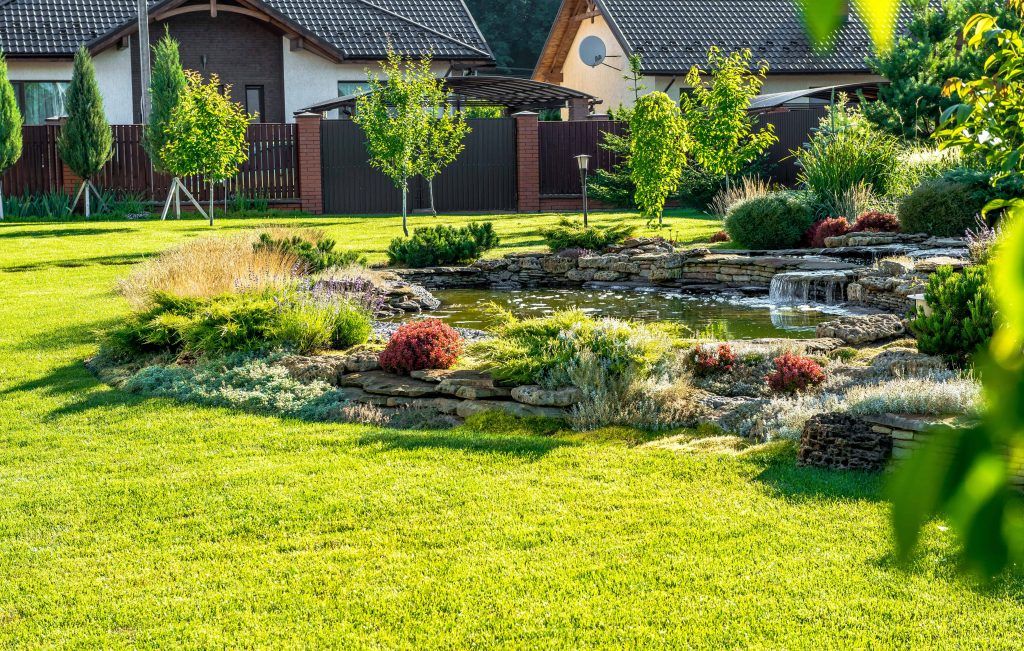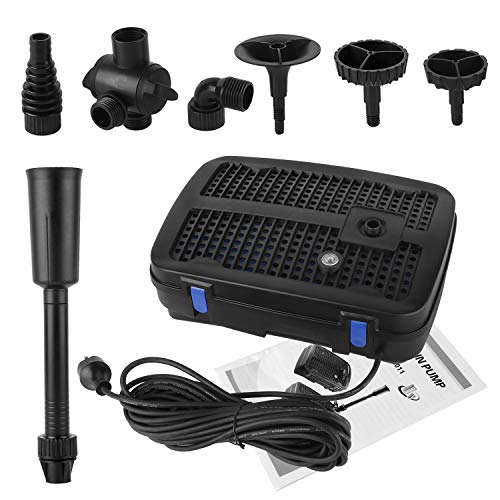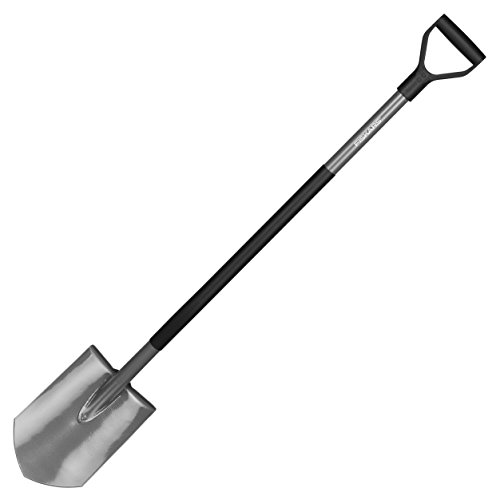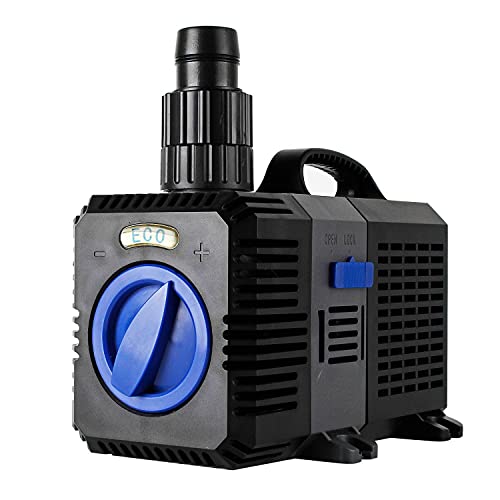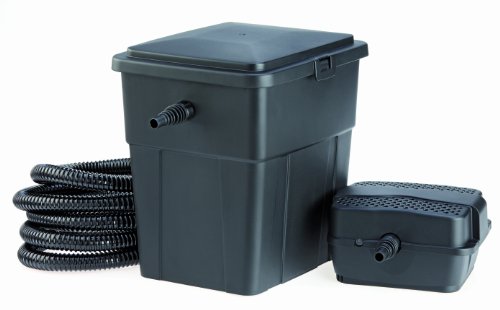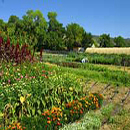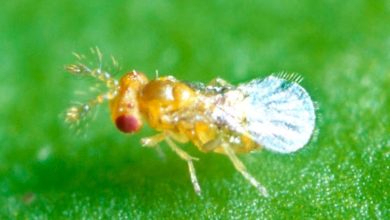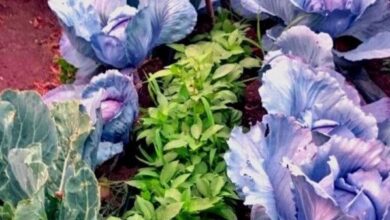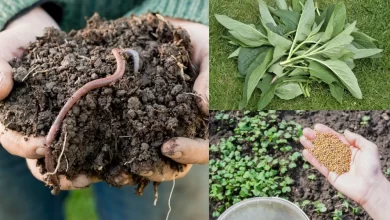Ponds in the Garden: [Advantages, Construction and Decoration]
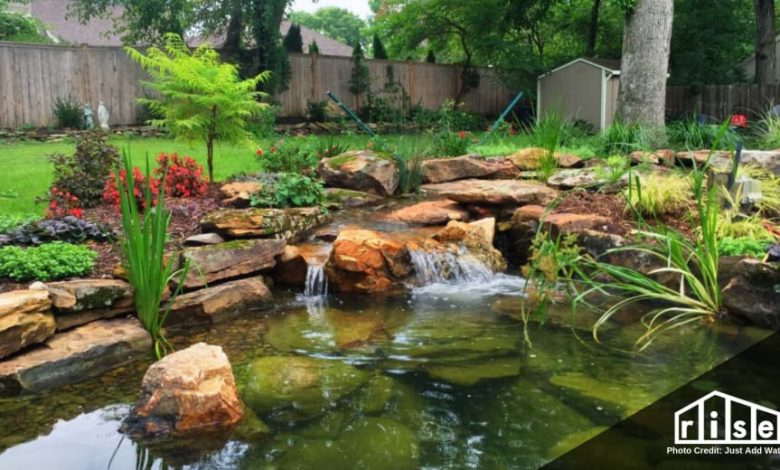
You will agree with me that having a small pond in your garden has numerous advantages:
- Gives freshness to the environment.
- Turn the place into a more beautiful, pleasant and familiar place.
- Enrich the different ecosystems that your garden has.
Also, making your own pond at home should not be too complicated or too expensive. In this article we have put many images of garden ponds so you can get ideas. However, it is not necessary to do anything so spectacular to enjoy its advantages.
Can you come with us?
What are the advantages of having a pond in the garden?
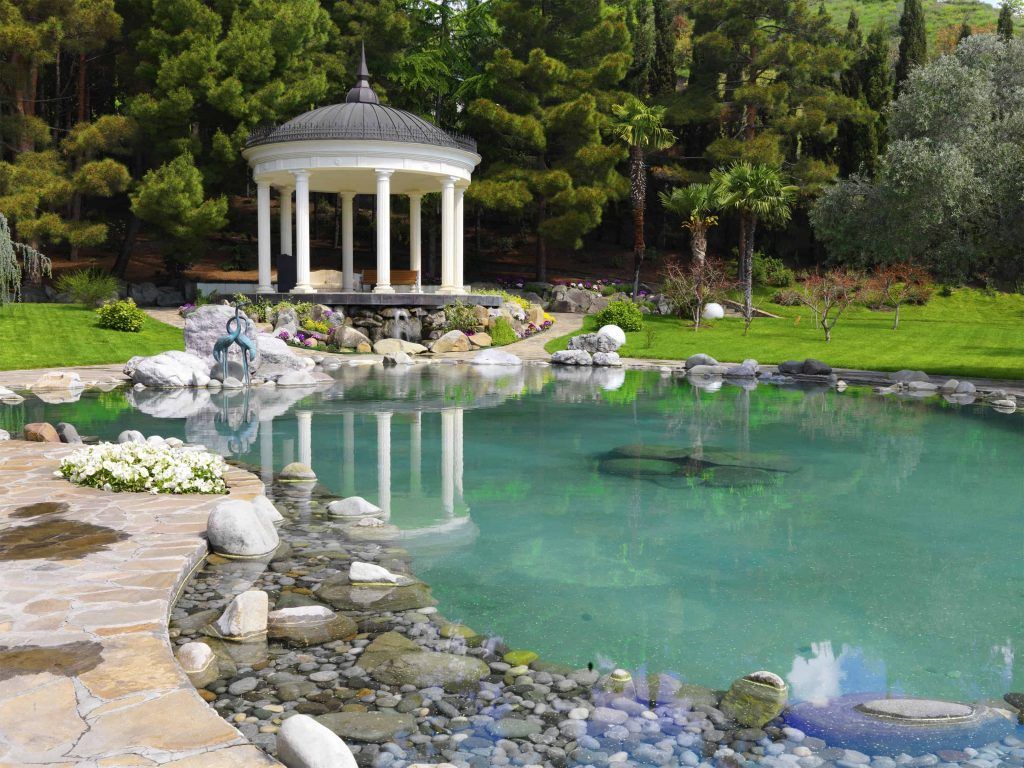 An undoubtedly great project that connects us directly with the benefits of nature, is to have your own pond in the garden of the house. That they are nothing more than small exclusive bodies of water that lead to obtaining many satisfactions and benefits.
An undoubtedly great project that connects us directly with the benefits of nature, is to have your own pond in the garden of the house. That they are nothing more than small exclusive bodies of water that lead to obtaining many satisfactions and benefits.
A pond allows us to house many aquatic species and insects that will coexist in harmony to generate a great ecosystem of great benefits. The most important: being in direct contact with natural life, a true existential gift.
In the same way, they are a safe invitation to relax, given the splendid aesthetics that plants as beautiful as the aquatic ones lavish, equally capable of giving beautiful flowers. Among these magical species are the water lilies.
Fish of various species, amphibians, algae and plants are a great community that we can reproduce in the garden, with the help of a pond created by ourselves, under certain planning conditions that guarantee the success of this great naturist enterprise.
Where if we know how to maintain it we can go very far, to the point of having native species or species typical of this aquatic ecosystem that can become an ecological event. Let us now see some of its most notable benefits:
1) Reduce pests

They are the best way to keep annoying pests at bay and the plants in the garden will thank you directly. The very presence of the pond will facilitate the healthy growth and development of many crops, as pests will be deflected or eliminated.
Because we will have the perennial visit of many insect predators. The so-called damselflies or zygoptera stand out, as well as dragonflies capable of devouring many species of annoying pests such as mealybugs, flies, aphids, insect larvae, aphids and even ants.
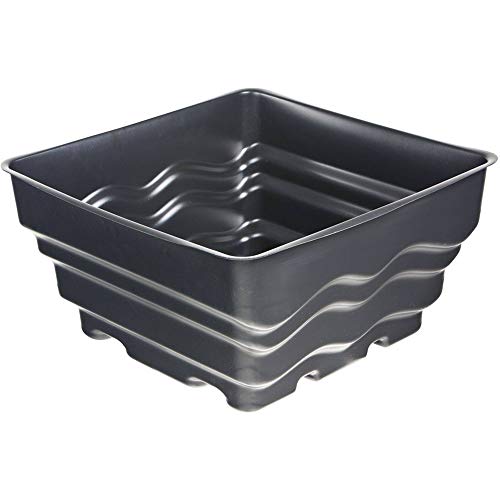
Both dragonflies and damselflies lay their eggs under water, but toads and frogs will also be regulars, which also need water and feed on insects of all kinds.
It is also necessary to let the local fauna settle in our pond, so that the natural balance takes its course and other beneficial insects such as bees, wasps, ladybugs, among others, appear.
Another wonderful natural phenomenon will be the visit of birds to our pond, which will not only drink water, but also hunt insects and devour some plants.
2) Regulates environmental humidity
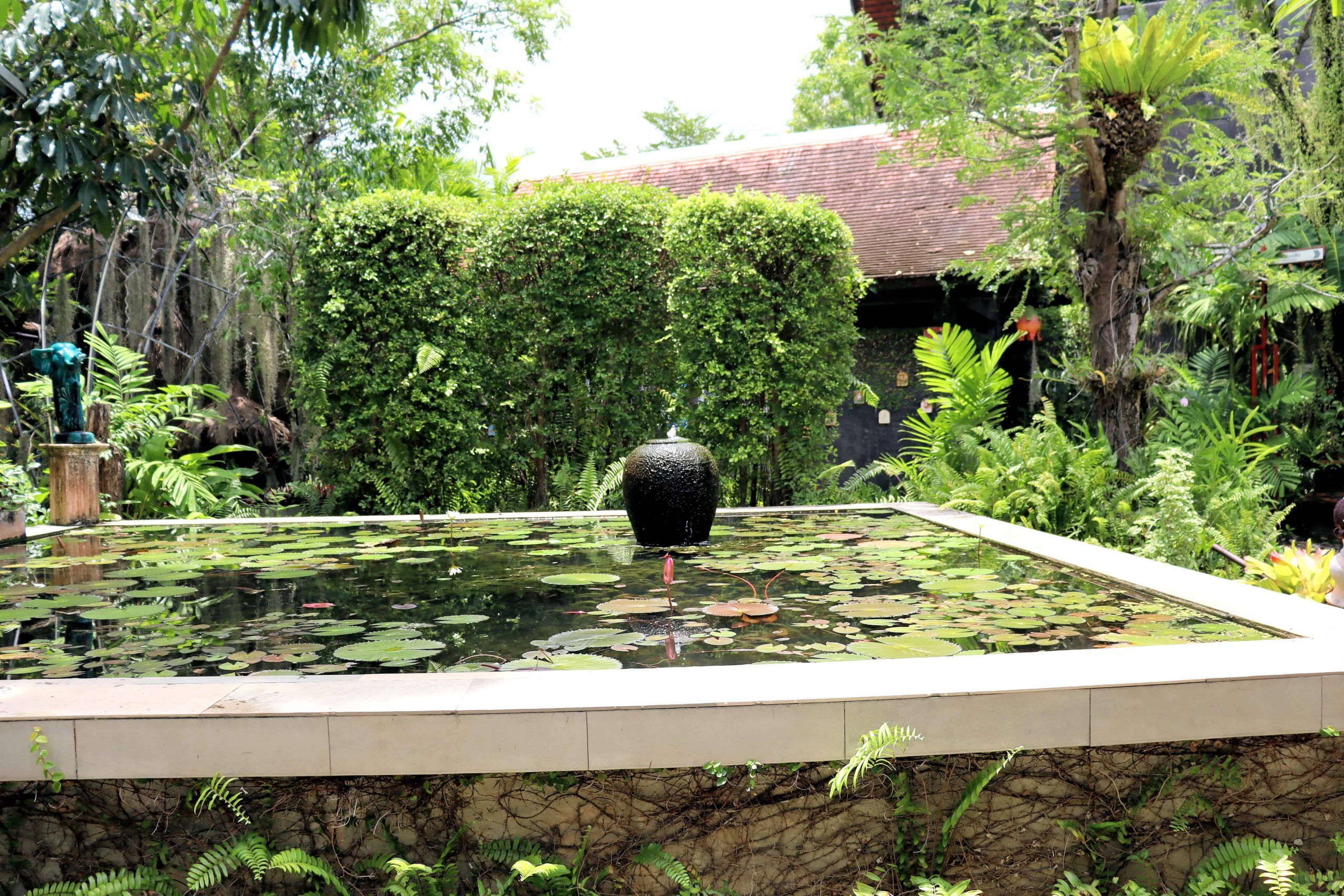
A pond in the garden helps to balance the temperature conditions of our environment and the environmental humidity will also be controlled in its area of influence.
And it is that these bodies of fresh water grant an environmental humidity estimated at 70% or more, consequently reducing the temperature of the place, which tends to self-regulate.
Which will be of great benefit for the cultivation of flowering plants such as begonias, African violets, ferns, bromeliads, anthuriums, peace lilies, fitonias, among many other species.
This special ecosystem drives away bothersome and persistent species. One of them, the red spider or mites, will not carry, since it does not tolerate humidity.
3) Do without pesticides
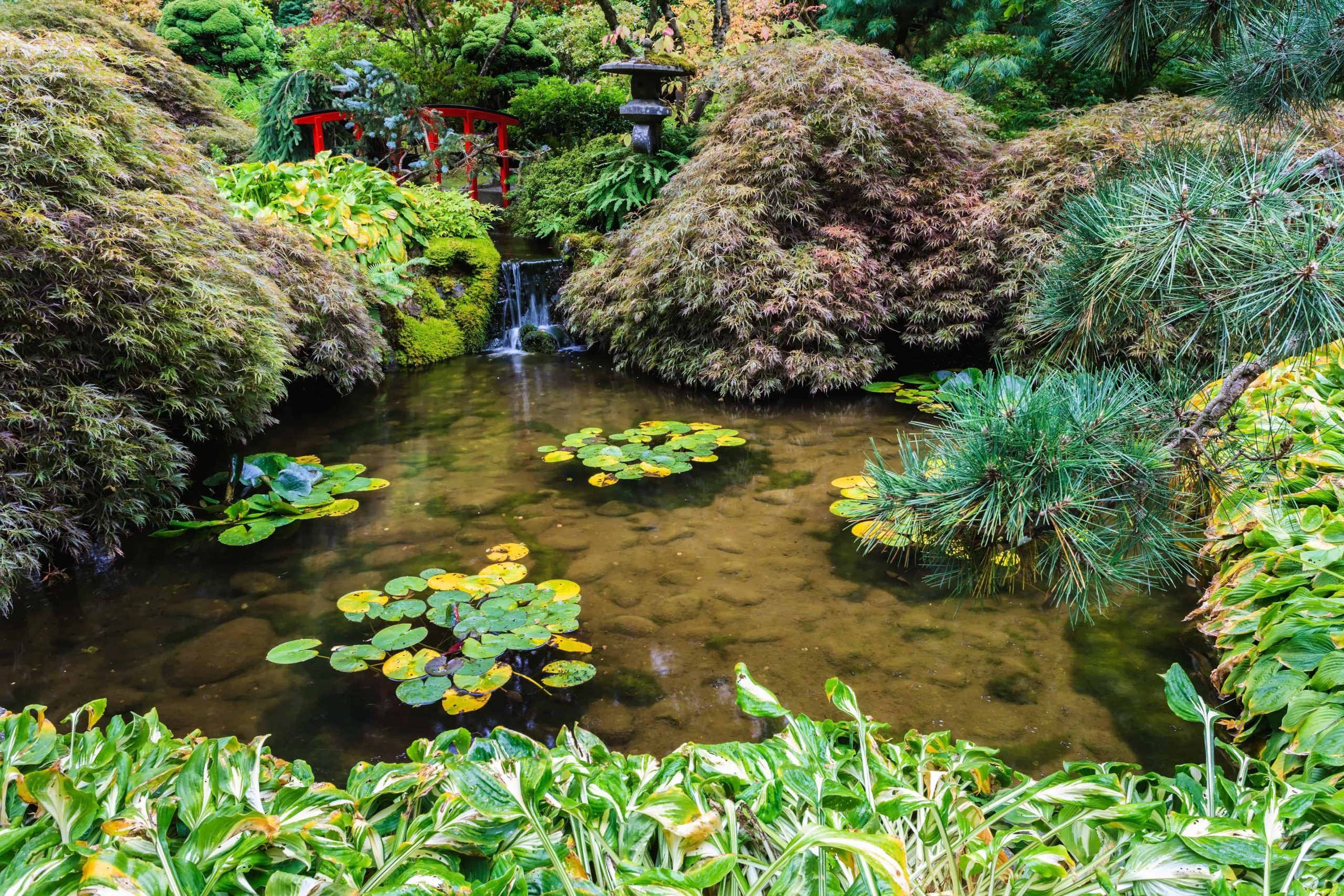
For the environment, it will be a reason to celebrate the elimination in your garden of the continued use of pesticides and insecticides made with powerful chemicals that affect nature. Because thanks to the pond we will have permanent exclusive predators in charge of eliminating pests.
Therefore, it will not be necessary to purchase products of industrial origin with a high environmental impact that contribute to the strengthening of global warming, of climate change that has put humanity in check.
Moreover, there are various species of fish that are capable of controlling insect larvae that successfully dare to lay their eggs in the water. These highly recommended species are: platies or Xiphophorus spp, koi carp or Cyprinus carpio and guppies or Poecilia reticulata.
There are other species considered cleaners, such as the fish of the genus Hyspostomus and Ancistrus, which do a great job of exterminating pests.
For example, we will control the proliferation of annoying insects such as mosquitoes or mosquitoes with the introduction of fish species such as comets and gyppies.
What disadvantages do ponds have in the garden?
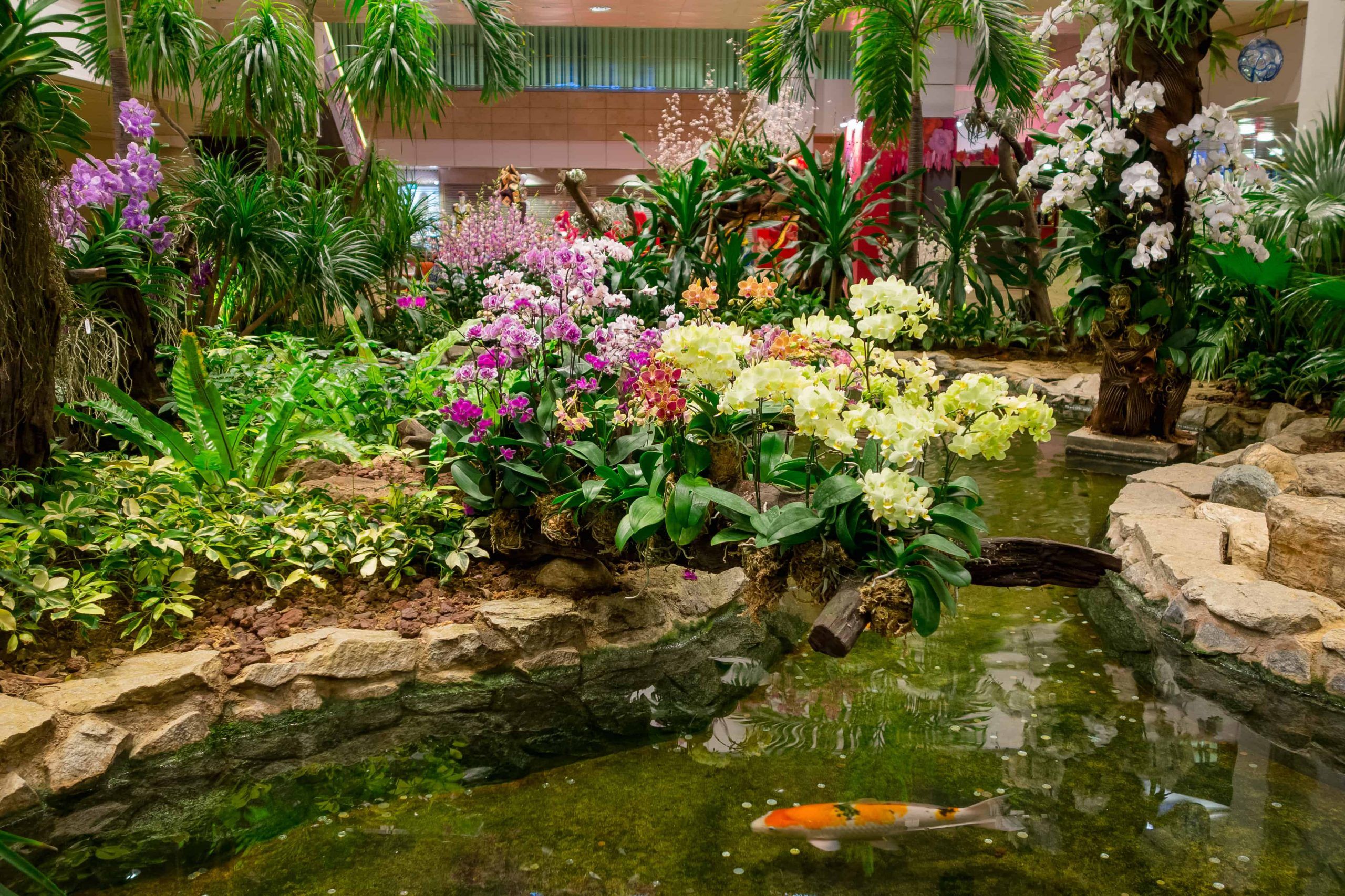
Here are some of the disadvantages of having a pond at home:
- Although the benefits are many, mainly because we can get rid of annoying pests that attack our garden plants.
- It is also true that maintaining a pond is not such an easy task. It also implies the attainment of some difficulties and disadvantages.
- It is necessary to control vital factors such as the seasonal climate , its location with respect to the sun, that is, its latitude, the dimensions, the species placed, both animals and algae and aquatic plants, the soil on which the pond will be built, among other variables of utmost importance.
- To minimize high-impact problems that reduce the useful life of the pond, it must be located on highly compacted soil, but on terrain with a certain slope, it must be leveled and it is also prudent to consider the orientation of the sun, to avoid a lack of light.
- Perhaps one of the most serious problems is that maintaining a pond is that the stagnant water attracts unwanted animals to the garden.
- Because although they are beneficial to control certain pests, it is also true that, for example, a growing proliferation of wasps can cause problems in humans and domestic animals that are susceptible to attacks.
- Or what is even worse: some types of mosquitoes can transmit dangerous diseases, such as Zika, chikunguya, among others that proliferate especially in tropical climates . Another relevant disadvantage is the investment in costs and time involved in the installation and maintenance of a garden pond. It is also interesting to plant anti-mosquito plants nearby.
- In seasonal climates, with very cold winters and very hot summers, it is necessary to use some technologies for water management that can have high prices, such as motors, filters and other special equipment that prolong the good quality of the water.
How to build a pond in the garden?
Here is a brief guide on how we can build a homemade pond in the simplest way possible.
There are options that range from the so-called construction ponds made with bricks, cement, ceramics and related materials, or simpler versions produced with the help of a canvas and even tires or rubber.
How big should the pond be?
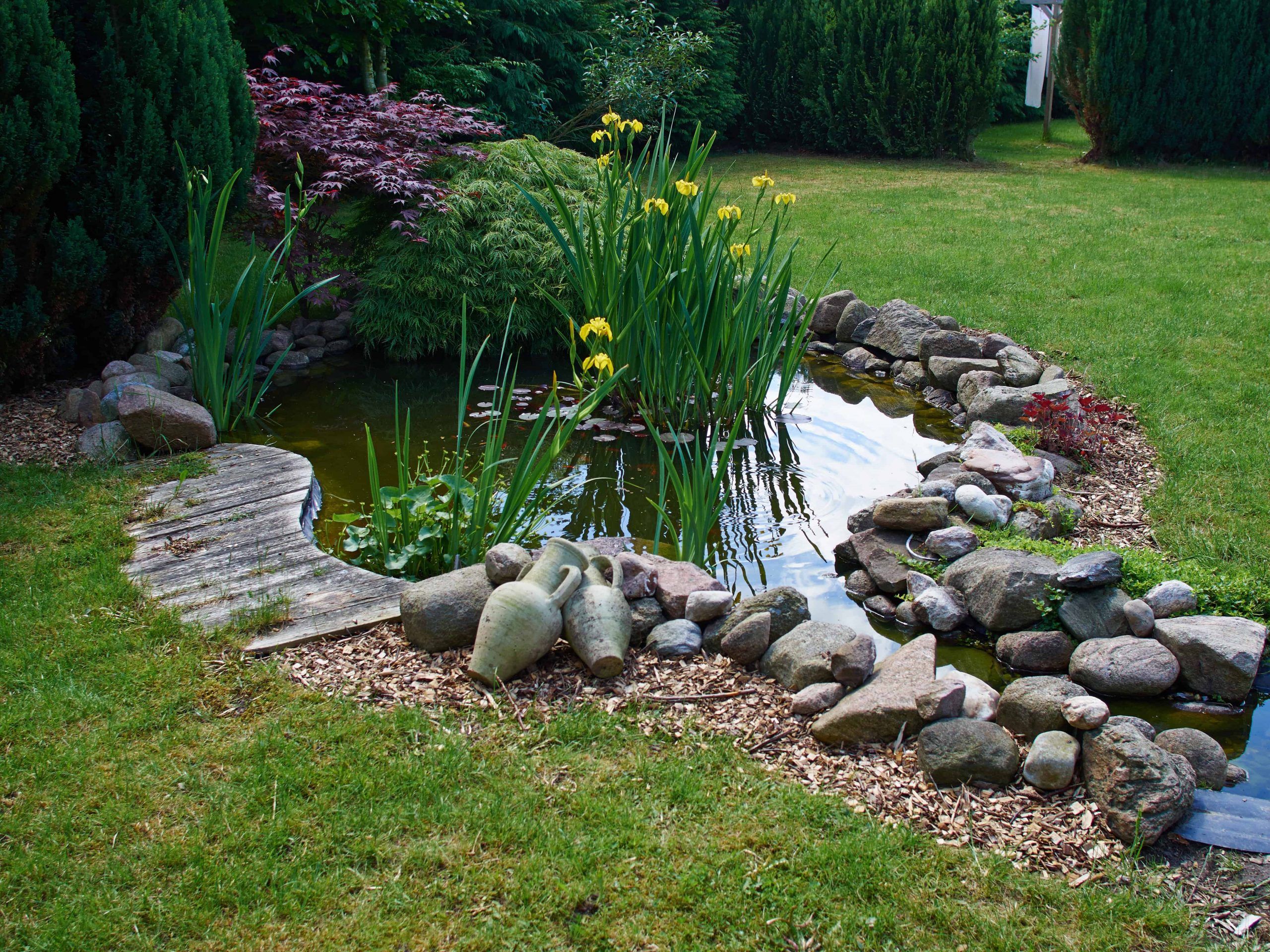
At a minimum, you can make a pond about 2 meters wide and 1 meter long. A simple method is the one where we use cardboard as insulation and a canvas as the base of our homemade pond.
In a more elaborate version, it is possible to work in a larger area, 4 meters long and 2 meters wide, which has several levels or steps, with the help of a simple but more elaborate technique when digging, leaving different sections so that the fauna can and aquatic flora have different living spaces.
It is about making a kind of biolake or pond in your own house, with a sloping area that simulates a waterfall, using the same basic materials: canvas and cardboard.
However, it is prudent to indicate that larger ponds are better at controlling or regulating the various biological processes involved than those built with capacities of less than 500 liters of water. The best ones should be around 1000 liters in capacity.
In countries with more or less cold winters, it is best to have a pond with an estimated depth of about 100cm, because this prevents the water from freezing, since deep ponds allow fauna to hide to take care of themselves and reproduce more easily..
Choosing a nice and sunny place in the garden is ideal, but also a place that allows the contour to be covered safely to avoid incidents with children and pets.
How to make the hole?
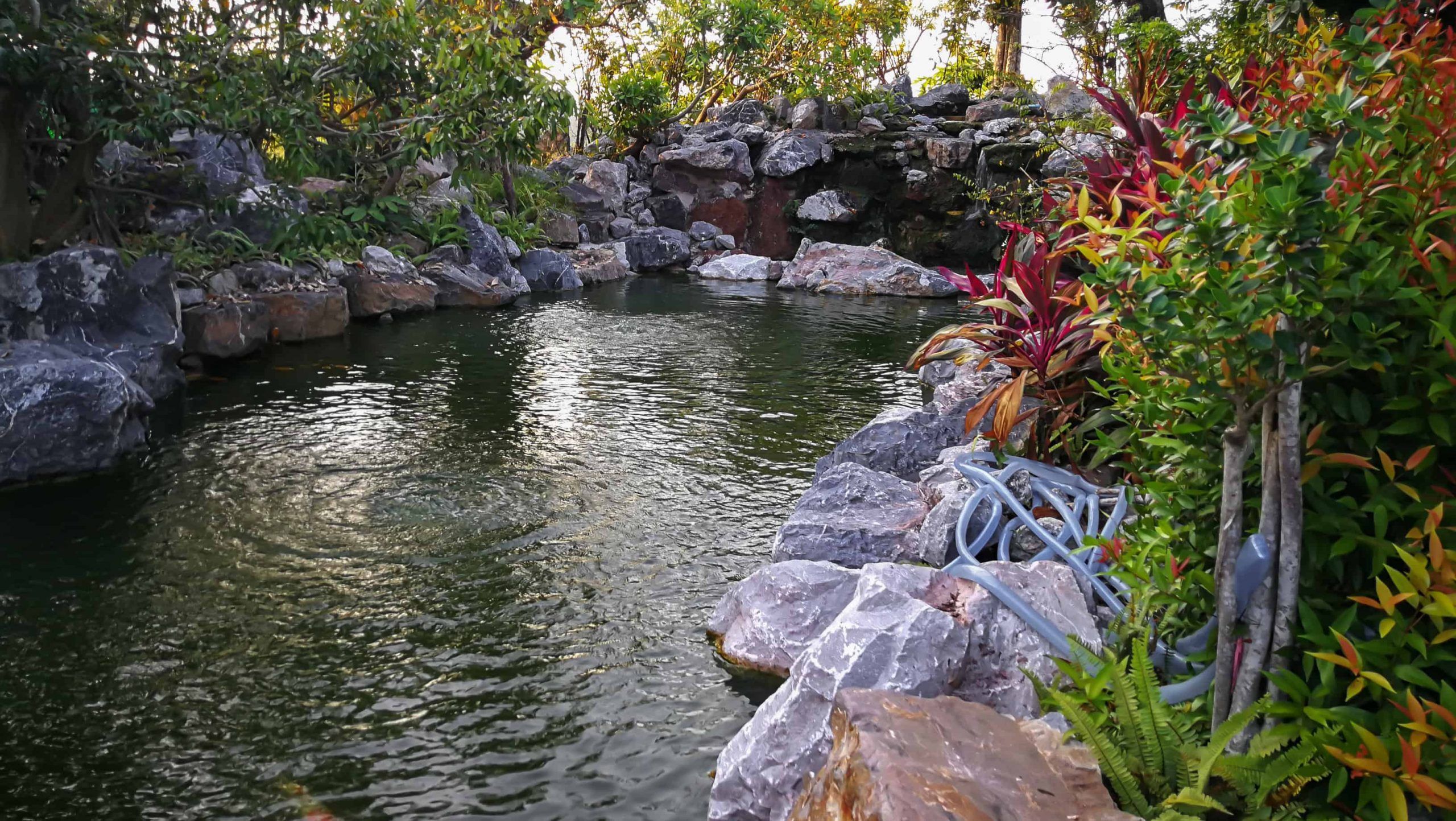
The first thing is to clean the selected area of the garden very well. It must be freed of weeds, roots and plant debris in general, before starting to dig, leaving it completely clean.
Una vez logrado esto, entonces procedemos a sacar tierra hasta alcanzar una profundidad estimada máxima de unos 80cm en la zona central y hacia los laterales de unos 20cm, cuando se trata de un estanque con peces.
¿Sabías que…?El tamaño, por ejemplo de un estanque para peces koi puede ser de unos 3.7 metros de largo y 3 metros de ancho. Caso contrario, si se trata de un estanque únicamente de plantas acuáticas, vale tener una profundidad central de unos 40cm y unos 20cm hacia los lados.
Es muy importante liberar este espacio de piedras, lajas u otros materiales que perforen la lona. Cabe destacar que este procedimiento igualmente aplica para estanques más grandes, con capacidades superiores de unos 500 a 1000 litros de agua.
¿Qué se coloca encima de la tierra?
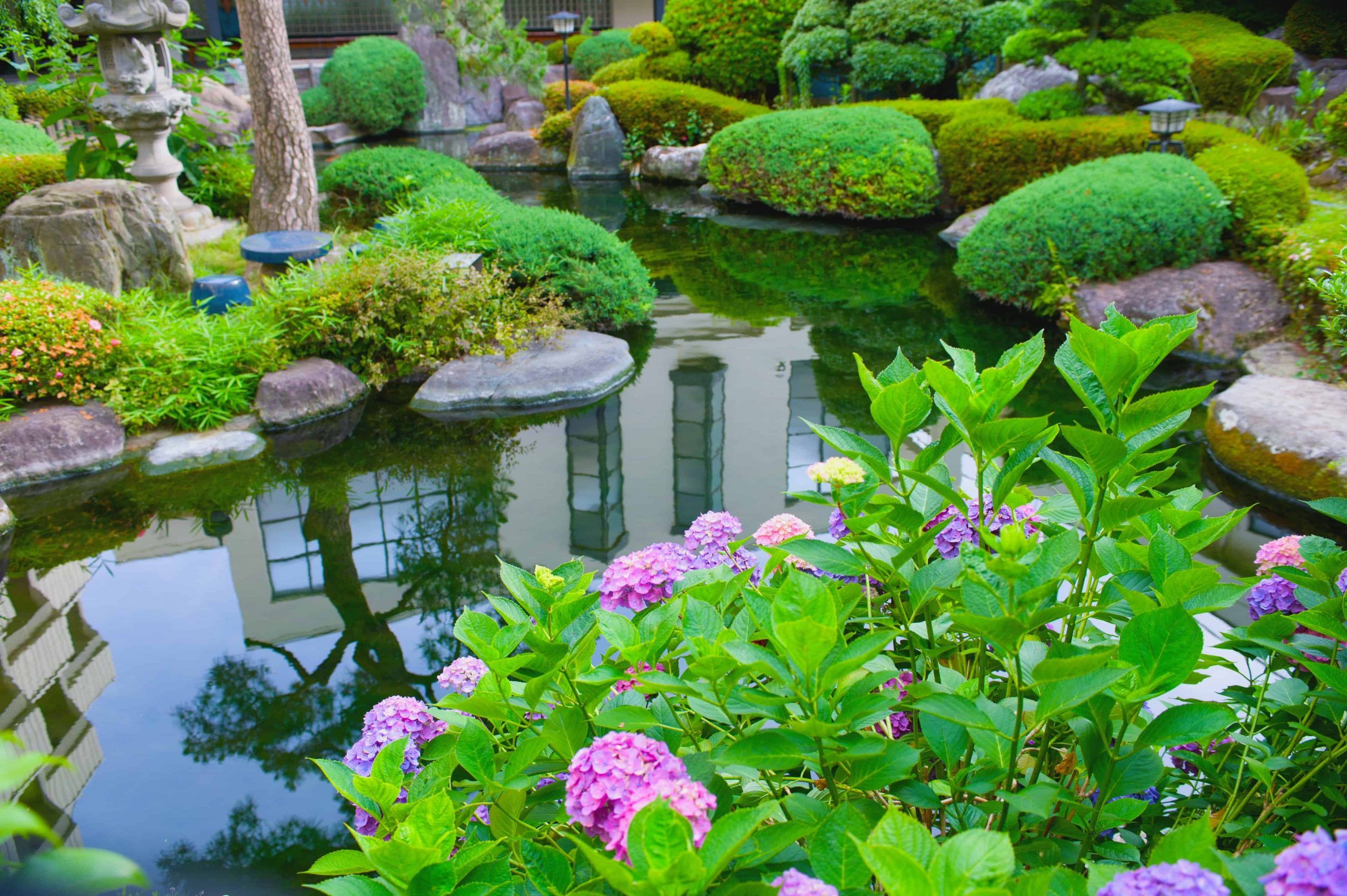
Lo primero que necesitamos colocar es un cartón lo suficientemente ancho y largo para que cubra todo el espacio que hemos cavado.Y se convierta en un poderoso filtro que evite la proliferación de raíces y otros indeseables.
Los sobrantes pueden cortarse con ayuda de una navaja, cuter o exacto, de modo que quede encajado en el hueco que previamente hemos cavado.
Pero si se usan láminas de PVC es aún más sencilla la operación.Y es que si el presupuesto lo permite, son excelentes las láminas de material PVC que venden en las ferreterías, pero en el mercado venden láminas de plástico para estanques menos resistentes.
Lo más importante es evitar fugas de agua que después difícilmente se podrán reparar. Usar PVC en vez de cartón es entonces muy prudente.
Acto seguido, se coloca la lona hasta cubrir toda la superficie del futuro estaque, cuidando que los bordes del plástico se introduzcan por dentro del cartón o las láminas de PVC, hasta forrarlo por completo.
Conviene, asimismo, levantar un borde horizontal de piedras de río de distintos tamaños (mejor si son pesadas) que le configuren una frontera natural muy estética: algunas de estas piedras pueden quedar con algunos vericuetos o refugios intencionados.
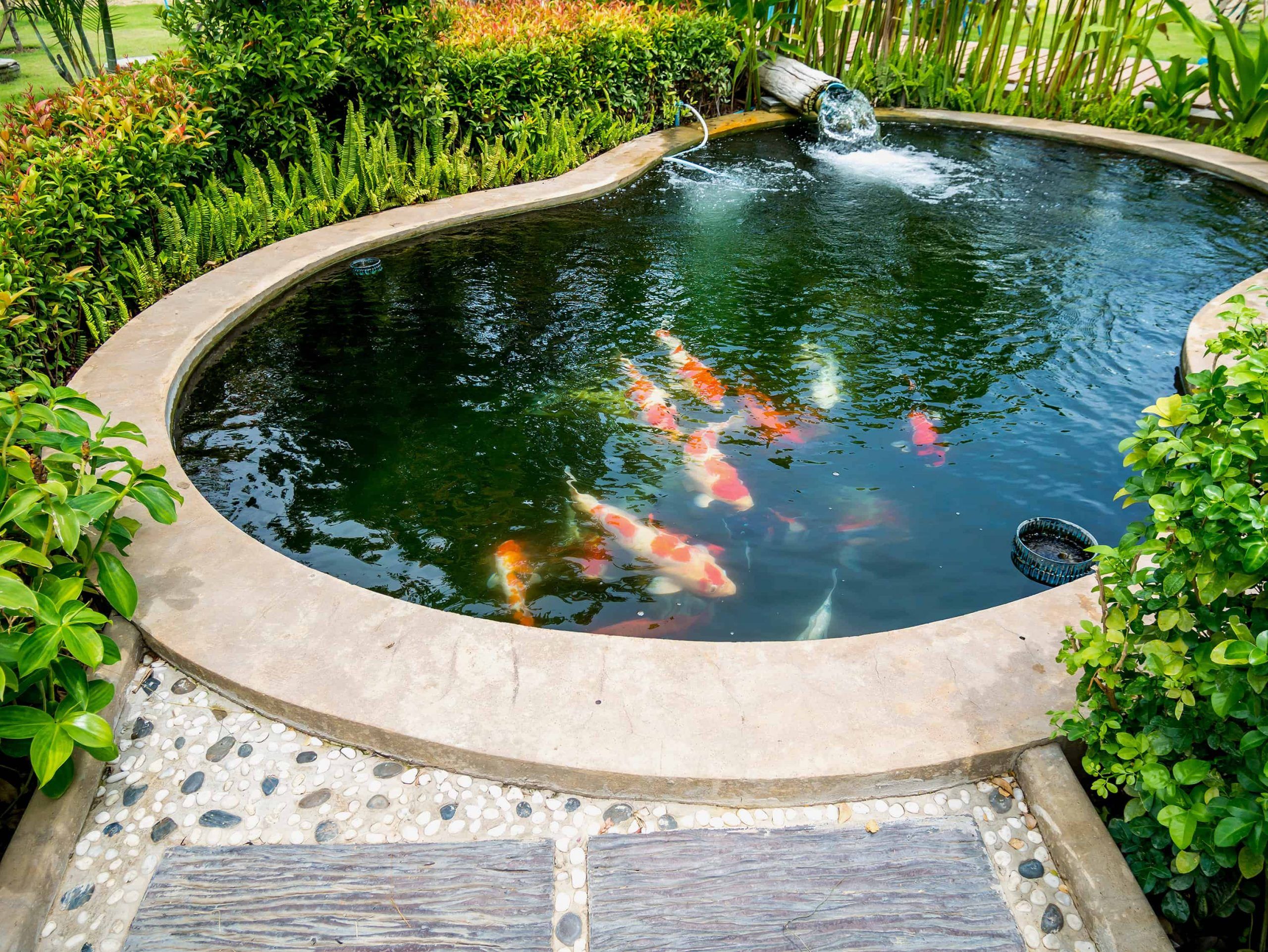
A fin de ser usados por sapos y ranitas que seguramente aparecerán en la escena con prontitud.Los bordes de piedras después serán rellenados con tierra de manera cuidadosa para impedir desbordamientos de agua.
Pero con la suficiente pericia que permita el cubrimiento total de la lona plástica.Hay expertos que además recomiendan colocar arena de turba en la base, debajo de la lámina de PVC con doble propósito: estabilizar la superficie del fondo y evitar fugas.
De la misma manera, se aconseja rellenas con sustrato las zonas planas, puede ser una sustancia porosa que favorezca suficiente suministro de oxígeno a las plantas.Bastará entonces con una superficie o capa de unos 2cm que arrope alrededor del 60 por ciento del fondo del estanque.
Eso le proporciona equilibrio al futuro ecosistema.Seguidamente, vendrá lo más divertido: el llenado de la fosa se hará con ayuda de suficiente aguja de lluvia recolectada previamente.
Esta modalidad de estanque sencilla no tiene peces, las plantas acuáticas más recomendables son las siguientes: nenúfares, ñameras, berros, lino y arroz.
Pero cuando comenzamos a vivir la experiencia de hacer nuestro propio estanque lo mejor es tener plantas dentro del sustrato, mejor conocidas como bolsas de plantación, de modo de que tengan suficiente tiempo para adaptarse y desarrollar sus raíces.
¿Es necesario poner hormigón, cemento u otro material?
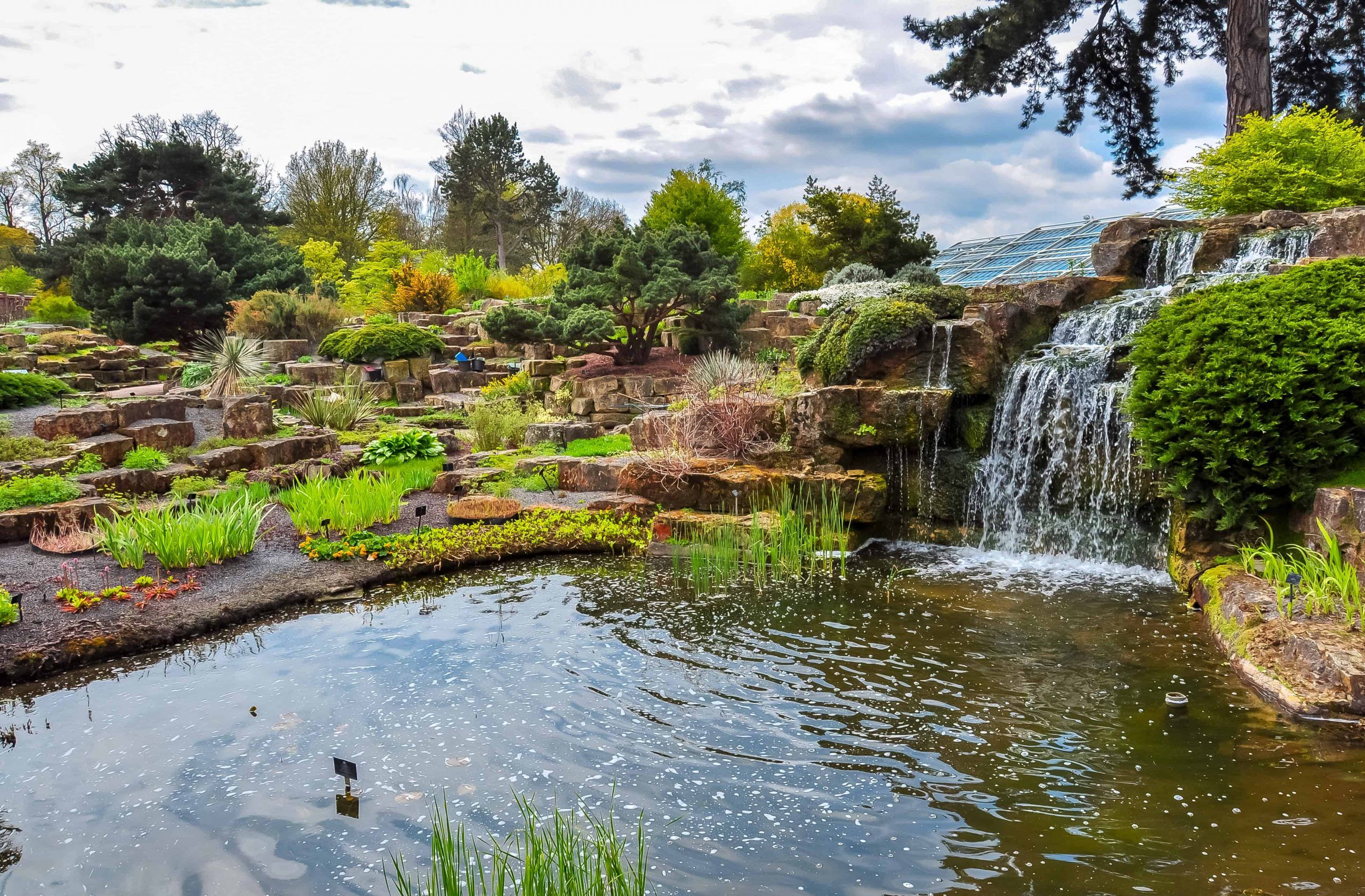
En la modalidad más sencilla de estanque, donde no habrá peces sino solamente plantas acuáticas capaces de impedir que el agua se pudra.No hace falta usar materiales distintos al laminado en PVC, cartón de fondo y seguidamente la lona.
Es ideal impermeabilizar un estanque con el film o película de PVC (0,5 mm de espesor) fabricada a partir de una resina virgen de cloruro de polivinilo. Pero hay otros materiales disponibles tales como: láminas de polietileno de baja densidad, con un 40% de LDPE virgen y reclicado óptimo.
Existe una de tecnología DLPAST muy recomendada.Pero si hemos resuelto hacer un estanque de obra, materiales más resistentes como cerámica, hormigón y cemento pueden ser una opción.
Es más, en internet se consiguen opciones de estanques pre hechos, que solamente deben ensamblarse las piezas, a modo de lego.También hay bases circulares para tener estanques más pequeños.
¿Es necesaria una bomba y un filtro?
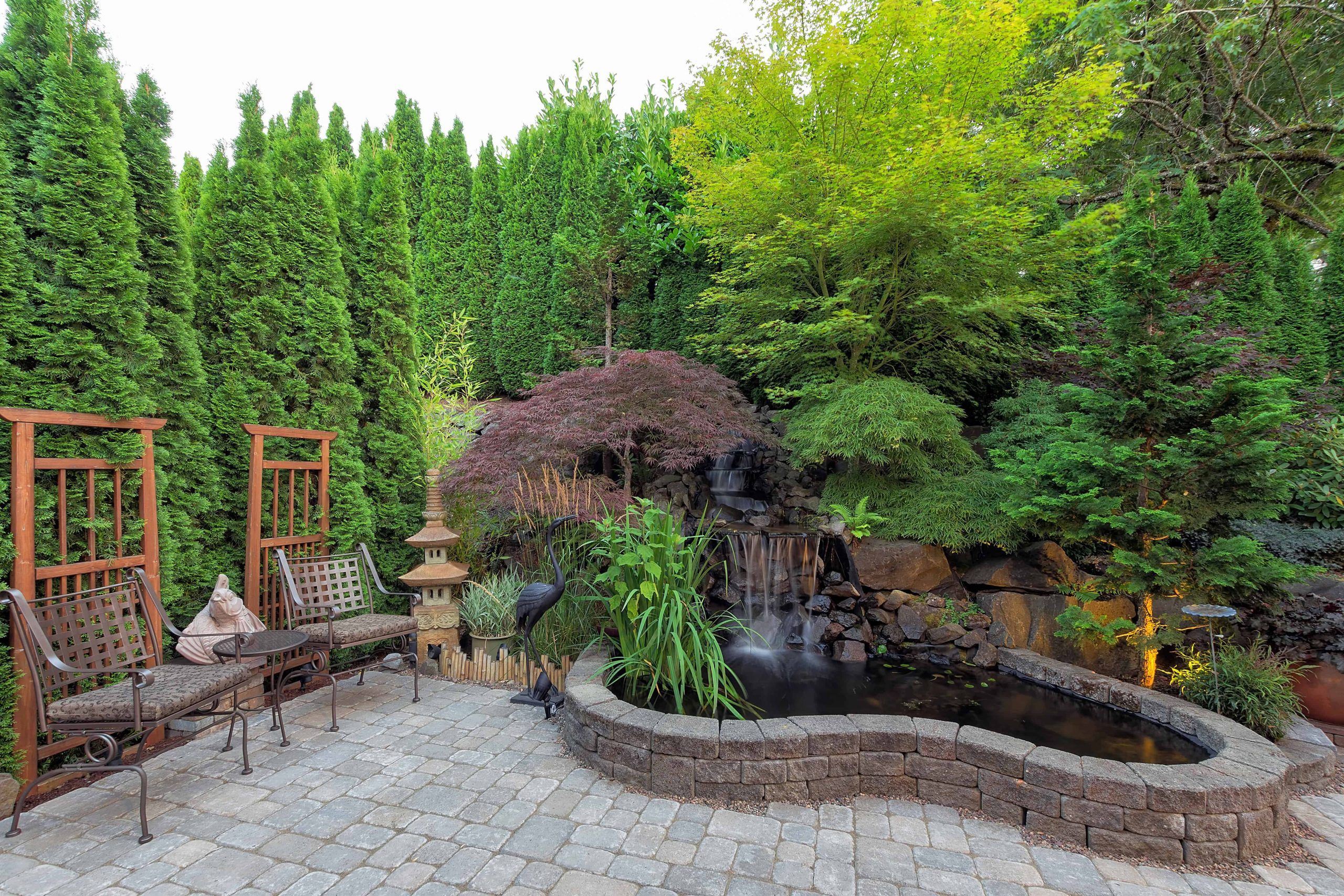
En el caso de estanques, nada es mejor que poseer plantas oxigenadoras, capaces de mantener un equilibrio perfecto en el agua, muy natural.Se mantienen en la orilla a las algas, a fin de proveer de suficiente oxígeno a los peces.
Estas especies las venden en los viveros especializados y es prudente que convivan con plantas marginales que viven al borde del agua y lirios de agua, las que se asientan en la zona inferior y tienen hojas en la superficie.
Pero las bombas con filtro pueden usarse, claro que sí, especialmente si se quiere darle movimiento al agua, cuyo sonido prodiga mayor relajación, pero en realidad el filtro más efectivo es natural, proviene de las plantas acuáticas y algas, en interacción permanente con especies de peces para estanques, como ya se ha explicado.
Cuando hay peces, la bomba ayuda especialmente en verano, cuando el agua de la superficie se calienta mucho a pleno sol. Una especie de pez muy popular en los estanques, el Goldfish, gusta de aguas más frías y la bomba puede ayudar a darle una temperatura constante al agua.
Gracias a la circulación de agua más fría en el fondo.Hay otros peces más resistentes a los cambios de temperatura, como los Gambusia.
¿Cómo decorar un estanque en el jardín?
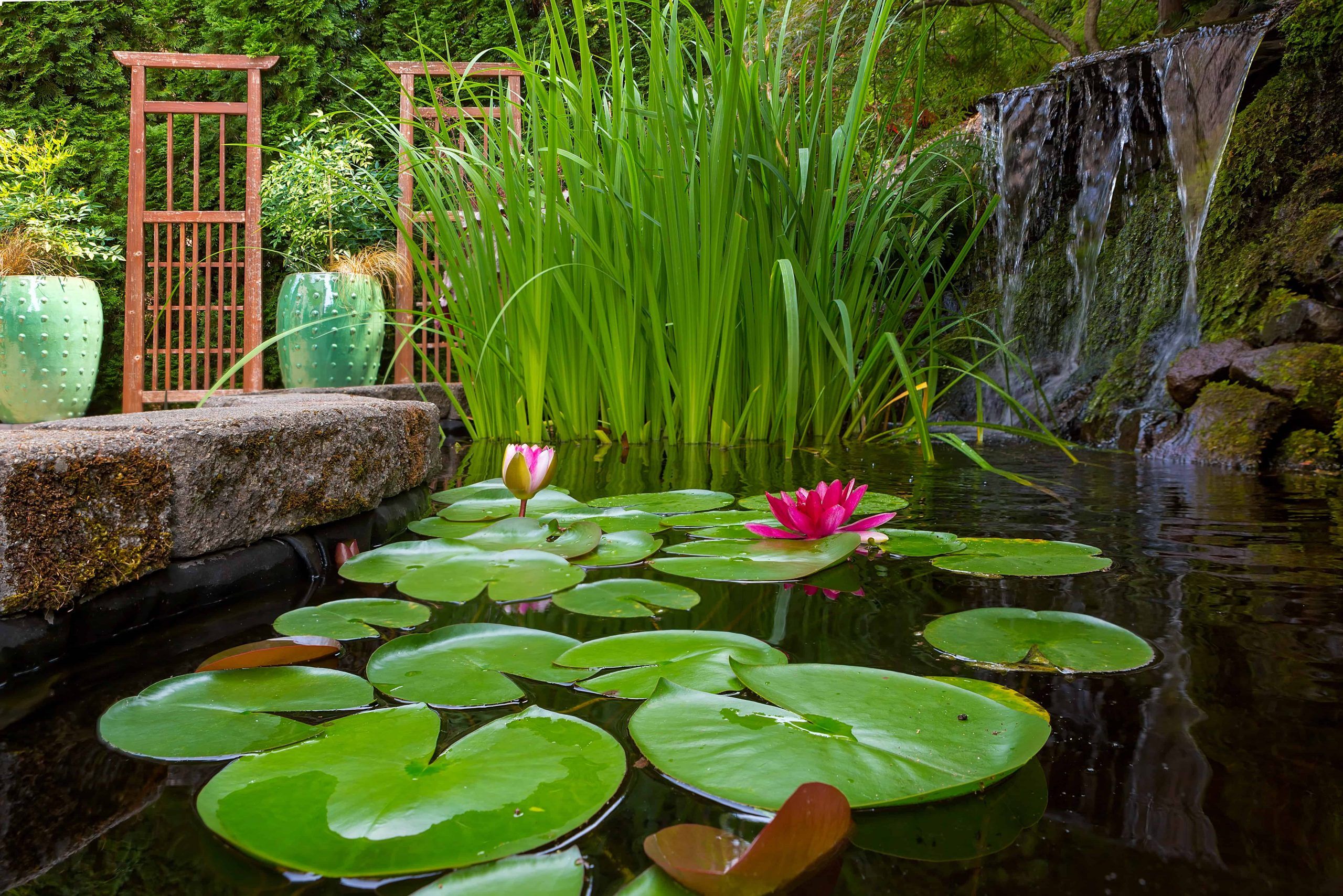
Combining marginal plants with the oxygenators in the pond and water lilies, is to obtain the maximum pleasure and relaxation in the garden pond. There are species that require pots, where tufts of oxygenating plants are planted, whose stems are supported with the help of gravel or pebbles that fill the plastic container.
This prevents the soil from floating and dirtying the water. Then, they get into the lower part of the tank-pond. A species very given to this work is the Anacharis, which will keep the area clean.
Cement block can be added to various side sections of the pond for fringe plants, but also for fish to move around in, hiding when needed.
Using dwarf papyrus, yellow dwarf helola, black marble, pond lily, and water lilies or dwarf lilies, with their large leaves, are options within your reach.
Other species of oxygenating aquatic plants that also have the ability to reduce the level of dissolved salts in the water are: Elodia canadensis, the aquatic herb Myriophyllum verticillatum, the Ceratophyllum demersum, which have no roots and float in the water with leaves and stems They live completely submerged.
More images of ponds in the garden
